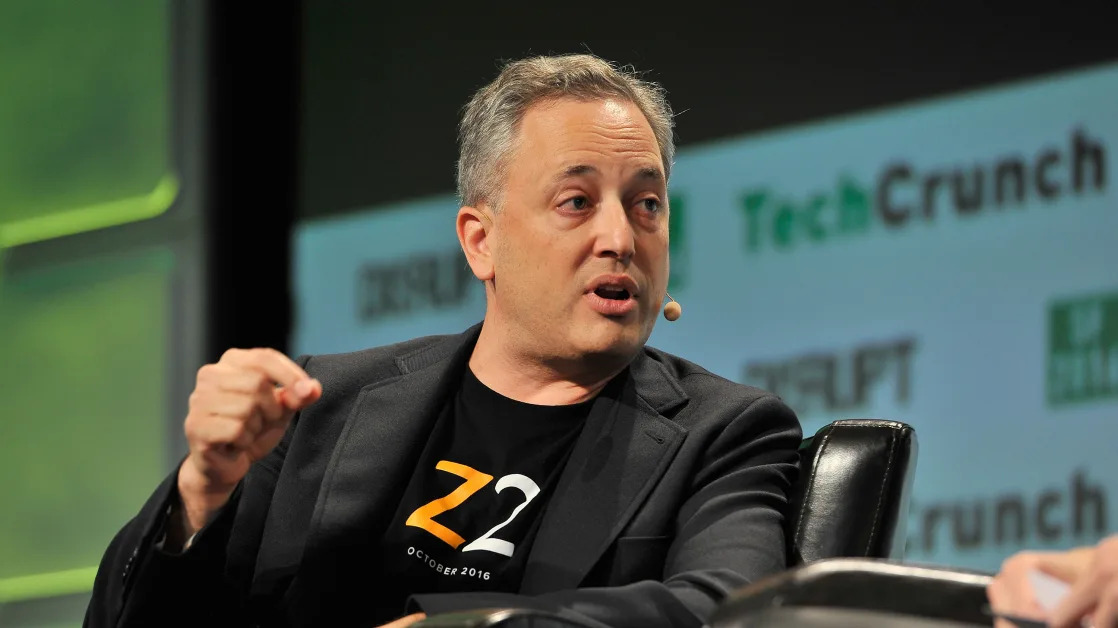By Howard Schneider, Ann Saphir
(Reuters) -Federal Reserve policymakers worry U.S. President Donald Trump's trade policy could deal a blow to economic growth, but are signaling they will not be quick to ride to the rescue with interest rate cuts because they expect higher tariffs to boost inflation.
The minutes of the U.S. central bank's mid-March meeting, released on Wednesday, showed that Fed officials already felt they were operating in a thickening cloud of uncertainty that had the potential to slow consumer spending and business investment and also called for a cautious approach on rate-setting.
That was before Trump's April 2 announcement of sweeping tariffs triggered a global stock market rout on fears of recession and a sharp rise in Treasury yields that raised alarm bells about potential financial market instability.
Trump's stunning reversal on Wednesday, walking back a chunk of those big tariffs, ignited a powerful relief rally in stock markets. But it did little to deliver the clarity policymakers say they need to act.
"Uncertainty over trade will persist," economists at Citi wrote after Trump abruptly lowered tariffs to 10% for many countries for the next 90 days, even as he ratcheted up levies on Chinese imports to 125%.
Some of the price and growth dynamics set in train by Trump's earlier actions may not be reversed so quickly, including indications of slowed business investment and hiring and household spending. Fed officials have flagged early indications that tariffs were already pushing some goods prices higher.
"Risky" is how both St. Louis Fed President Alberto Musalem and Minneapolis Fed President Neel Kashkari on Wednesday described treating tariff-driven price hikes as one-time events that central bankers can safely ignore.
Their concerns that price increases from tariffs, along with retaliation by other nations, could potentially translate into more persistent inflation appeared to have been widely shared even before Trump announced his latest, now-paused round of import duties last week.
At the same time, they worry that slowing growth could raise unemployment, a situation the Fed would otherwise want to counter with easier monetary conditions.
With just one main policy tool - control over short-term borrowing costs - the Fed could be forced to choose between fighting high inflation and fighting high unemployment, each at the expense of the other, a point policymakers including Fed Chair Jerome Powell have been highlighting.
The minutes of the Fed's March 18-19 meeting showed policymakers even then were worried about the "difficult tradeoffs" they could face if inflation proves persistent but growth also slows.
Trump's change of course underscores the message that Fed policymakers have also hammered home in recent weeks - with so much unclear about the actual policies of the Trump administration, let alone their effects, they are firmly in wait-and-see mode.
U.S. stocks surged Wednesday afternoon to close sharply higher and financial markets pulled back on earlier bets on aggressive Fed rate cuts.
BELOW-TREND GROWTH
Policymakers mapping out their options do not see a clear path to a soft landing, in which inflation slows without a damaging recession or sharp rise in unemployment. That scenario last year seemed increasingly in reach.
As firms and households adjust to prices driven higher by the new import levies, economic growth will likely slip "materially" below trend and the unemployment rate will rise over the year, Musalem told Reuters in an interview.
"I don't have a baseline of recession," he said, but "I'm thinking growth is probably going to come in materially below trend," which he estimated at around 2%.
"You're getting risk on both sides materializing," with higher-than-anticipated tariffs putting pressure on prices as declining confidence, a blow to household wealth from the recent sharp drop in equity markets that could depress spending, and the impact of higher prices all combine to slow growth, Musalem said.
How monetary policy responds will depend on how inflation and unemployment evolve in the coming months, whether the price shock appears to be persistent, and whether inflation expectations remain consistent with the Fed's 2% inflation target, said Musalem, who is a voting member of the Fed's policy-setting committee this year.
Kashkari, in an essay released early on Wednesday, said that for him, "the hurdle to change the federal funds rate one way or the other has increased due to tariffs."
Given how critical it is to keep expectations for ever-higher prices from getting embedded in the mindset of Americans, "the bar for cutting rates even in the face of a weakening economy and potentially increased unemployment is higher," Kashkari wrote.
But given the likely drop in investment also due to the tariffs, he said, "policy is getting somewhat tighter on its own, reducing the immediate need to raise the federal funds rate to keep long-run inflation expectations anchored."
The Fed's policy rate has been in the 4.25%-4.50% range since last December. Until Trump's surprise announcement on Wednesday, markets had been betting heavily that the central bank would respond to the tariffs with a series of rate cuts starting next month.
"If you're driving in really dense fog, there are two things you don't want to do. And one is to step on the gas because you don't know who's in front of you. And one is step on the brake because you don't know who's behind you" Richmond Fed President Thomas Barkin told the Economic Club of Washington, D.C.
Barkin said he is most focused on the risk that consumers, exhausted by recent inflation and tapped out of the extra savings they had accumulated during several rounds of pandemic-era government stimulus, could sharply slow spending in the face of high prices.





